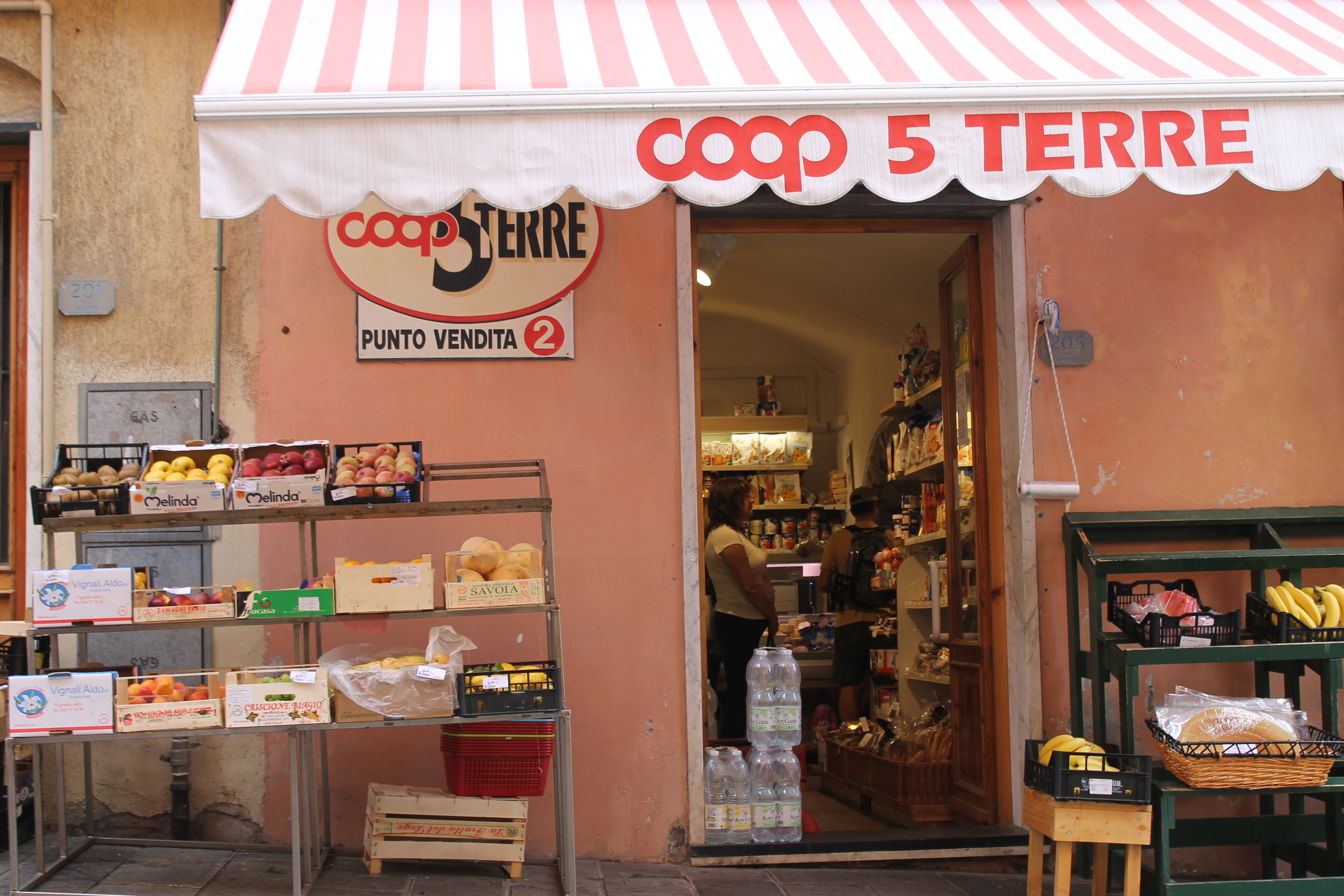The owner of Home Organic Gardening Service is seeking 1-2 apprentices for the 2018 season. This a part-time/full-time position, which offers flexibility in hours, between 20-40 hours a week.
Home Organic Gardening Service (HOGS) is a small family-owned “landscaping-type” business whose primary goal is the installation and maintenance of organic vegetable gardens, fruit trees and berry-bushes, edible landscapes, and other sustainable systems, including but not limited to raised beds, irrigation systems, season extenders, etc. In addition to landscape installations, we also service and educate clients in sustaining their systems. We are based in Northport NY and service clients in both Nassau and Suffolk Counties.
Requirements:
Positive Attitude
Ability to think critically and independently
Ability to communicate effectively with clients and co-workers
Ability to work collaboratively or alone
Knowledge and use of basic landscaping equipment
Valid NY State Driver’s license and own vehicle
A passion for organic agricultural and the desire to learn more about it
Ability to lift at least 50 lbs and be comfortable working outside in the elements
Please read more in our website www.hogsinc.com and feel free to email with any questions. Email cover letter and resume to homeorganicgardeningservice@gmail.com. Compensation between $12-15 depending upon experience.























